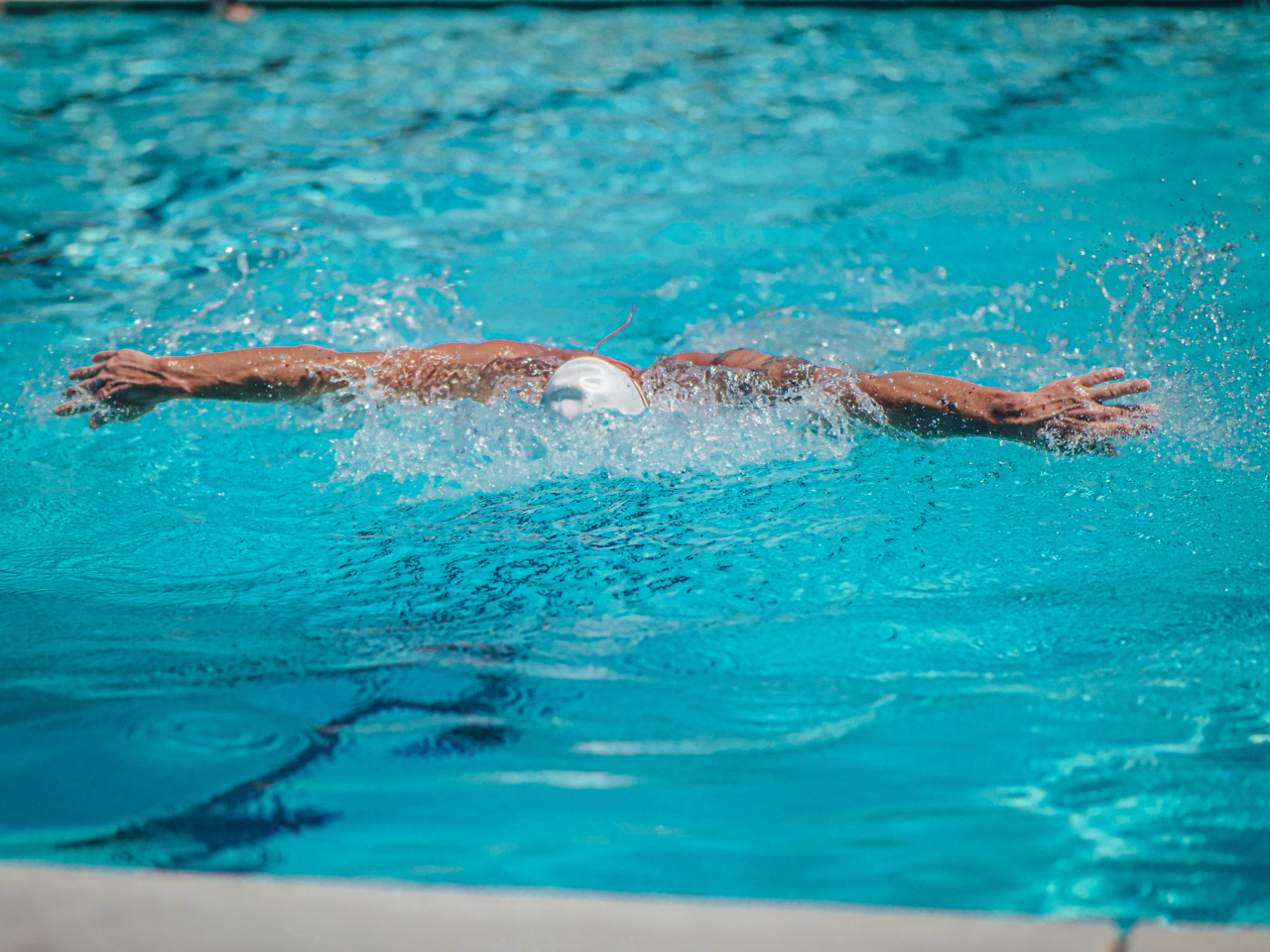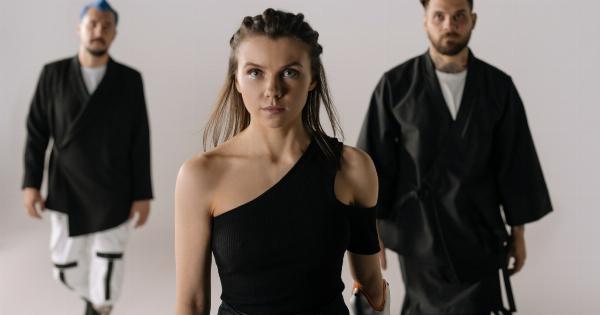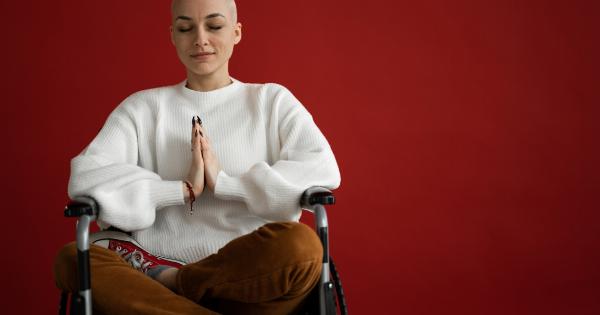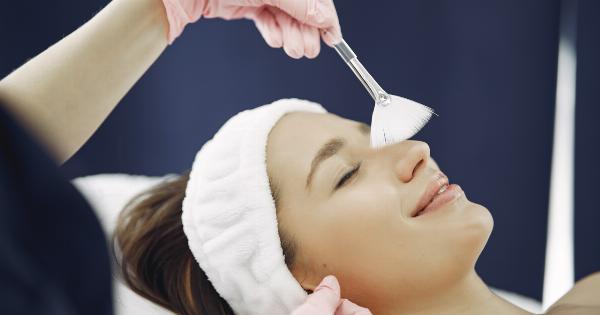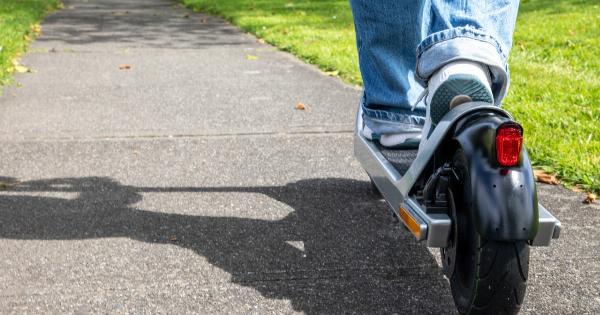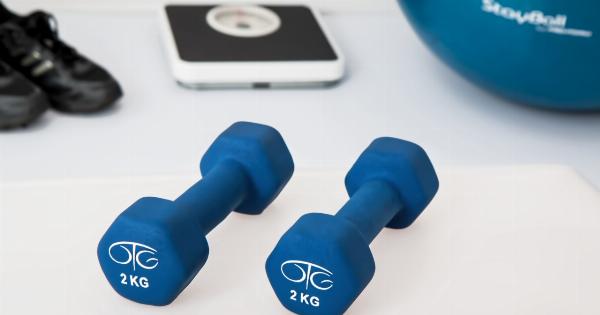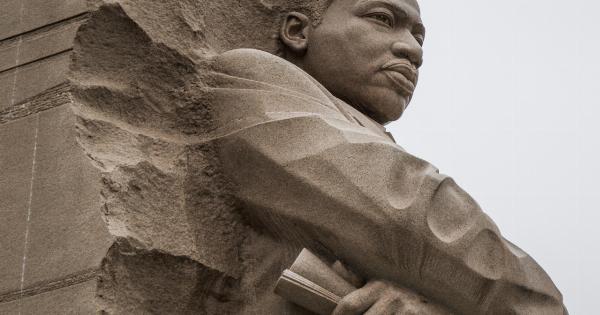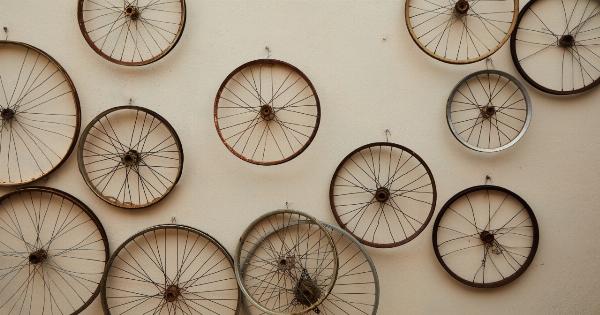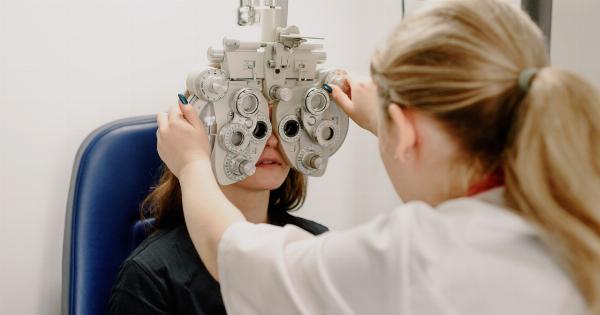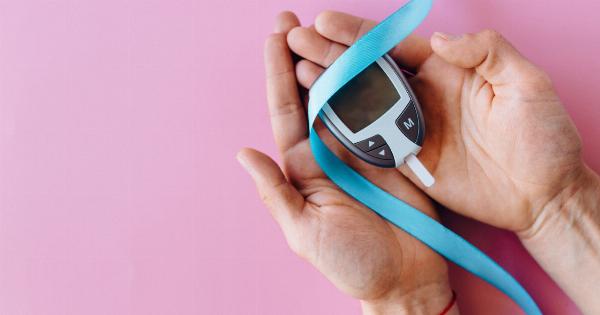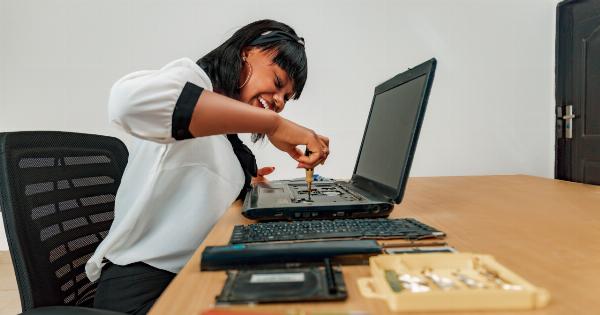A stroke occurs when the blood supply to the brain is disrupted, leading to damage and loss of brain function. One common effect of stroke is paralysis or weakness on one side of the body, including the arms.
This can greatly impact the ability to perform daily activities and have a significant impact on quality of life. However, with proper rehabilitation and mobilization techniques, individuals can regain strength and function in their arms after a stroke. In this article, we will explore effective techniques for mobilizing the arms after stroke.
1. Range of Motion Exercises
Range of motion exercises are essential for maintaining joint flexibility and preventing contractures in the arms after a stroke. These exercises involve moving the affected arm through its full range of motion.
This can include activities such as shoulder circles, wrist stretches, and finger flexion and extension exercises. Regularly performing range of motion exercises can help improve flexibility and prevent stiffening of the joints in the affected arm.
2. Passive Stretching
Passive stretching involves using external assistance, such as a therapist or a supporting device, to stretch the affected arm beyond its usual range of motion. This technique helps to lengthen and relax the muscles, tendons, and ligaments in the arm.
Passive stretching should be done carefully under the guidance of a therapist to avoid injury or discomfort.
3. Active Assisted Exercises
Active assisted exercises are a combination of active and passive movements. The individual initiates the movement of the affected arm and then receives assistance from the therapist or a supporting device to complete the full range of motion.
This technique stimulates muscle activation and helps improve muscle strength and control in the affected arm.
4. Task-Oriented Training
Task-oriented training focuses on practicing functional activities that are relevant to daily life. This technique involves breaking down complex tasks into smaller components and gradually progressing towards more challenging movements.
For example, if the individual’s goal is to improve their ability to hold a cup, the therapist may start with simpler gripping exercises and gradually progress to holding and lifting different objects of varying weights and sizes.
5. Mirror Therapy
Mirror therapy involves using a mirror to create an illusion of movement in the affected arm by reflecting the movement of the unaffected arm.
By watching the mirrored reflection, the brain perceives the affected arm as moving, which can stimulate neural pathways and promote motor recovery. Mirror therapy has been found to be effective in enhancing arm motor function and reducing pain after a stroke.
6. Electrical Stimulation
Electrical stimulation is a technique that uses electrical currents to activate the muscles in the affected arm. This can help improve muscle strength, reduce muscle atrophy, and enhance motor recovery.
Different types of electrical stimulation, such as functional electrical stimulation (FES) and neuromuscular electrical stimulation (NMES), can be used to target specific muscles and improve their function.
7. Constraint-Induced Movement Therapy
Constraint-induced movement therapy (CIMT) involves restraining the unaffected arm and intensively engaging the affected arm in functional tasks.
This technique encourages the use of the affected arm to promote the rewiring of neural connections in the brain and improve motor function. CIMT has shown promising results in improving arm mobility and function in individuals with stroke.
8. Virtual Reality-based Rehabilitation
Virtual reality-based rehabilitation utilizes computer-generated visual and auditory stimuli to create a simulated environment where individuals can interact and practice various arm movements.
This immersive technology provides a motivating and engaging platform for arm rehabilitation. Virtual reality-based rehabilitation has proven to be effective in improving arm motor function and promoting neuroplasticity after a stroke.
9. Progressive Resistance Training
Progressive resistance training involves progressively increasing the resistance or load applied to the affected arm during exercises. This can be achieved through the use of weights, resistance bands, or specialized exercise machines.
Progressive resistance training helps improve muscle strength and endurance in the affected arm, leading to enhanced functional capabilities.
10. Hydrotherapy
Hydrotherapy, also known as aquatic therapy, involves performing exercises and movements in a heated pool or water environment.
The buoyancy of the water reduces the weight-bearing load on the joints and muscles, making it easier to move the affected arm. Hydrotherapy offers therapeutic benefits such as improved range of motion, muscle relaxation, increased circulation, and enhanced balance and coordination.
Conclusion
Regaining arm function after a stroke is possible with the right strategies and techniques.
A combination of range of motion exercises, passive stretching, active assisted exercises, task-oriented training, mirror therapy, electrical stimulation, constraint-induced movement therapy, virtual reality-based rehabilitation, progressive resistance training, and hydrotherapy can be utilized to maximize recovery. It is crucial for individuals to work with a qualified healthcare professional or therapist who can design a personalized rehabilitation program tailored to their specific needs.
By incorporating these effective techniques, individuals can regain mobility, independence, and an improved quality of life post-stroke.
